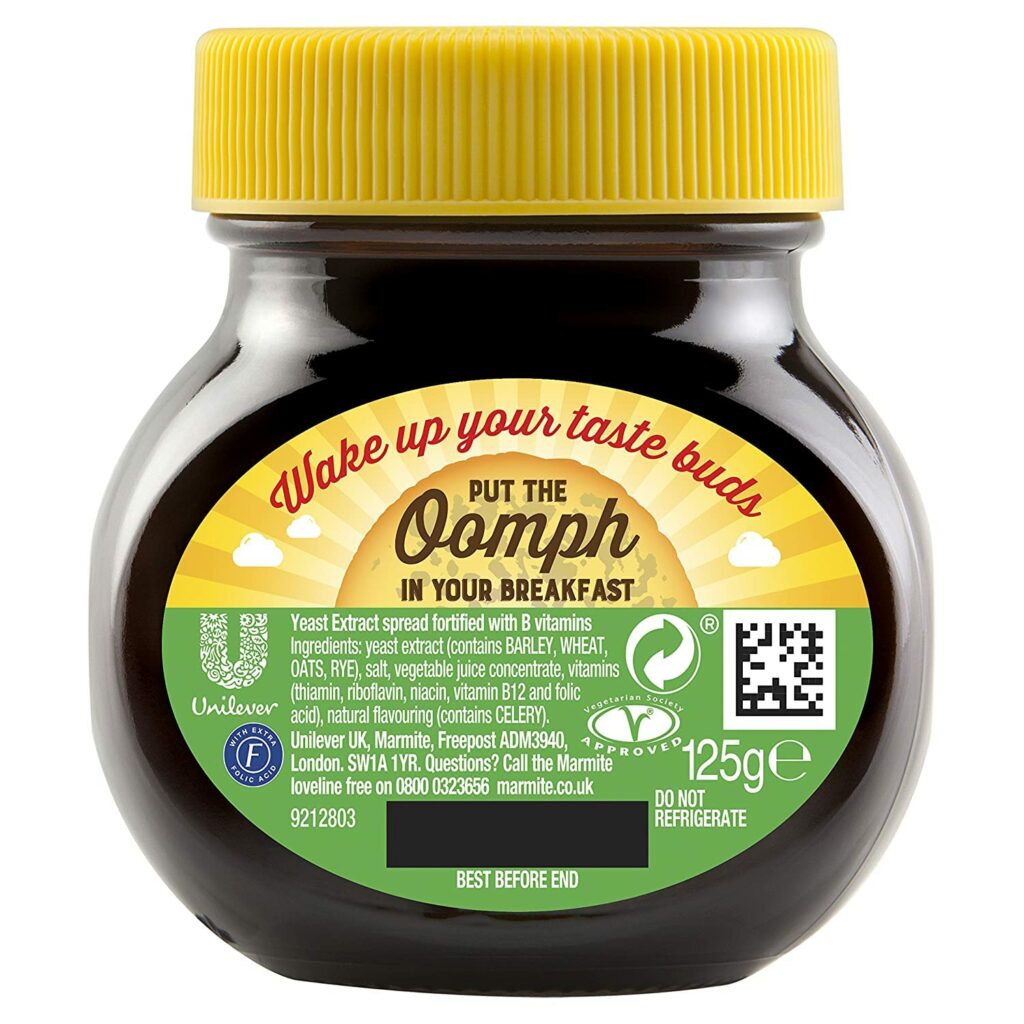Comprehensive Guide: Is Yeast Extract Bad for Me?
Yeast extract is a common ingredient found in many processed foods, including soups, sauces, snack foods, and vegan meat substitutes. It is derived from the same species of yeast used in baking and brewing, typically Saccharomyces cerevisiae. While yeast extract is often praised for its flavor-enhancing properties and ability to mimic the taste of savory foods, there is ongoing debate and concern regarding its potential health effects. In this comprehensive guide, we will explore the composition of yeast extract, its potential benefits and drawbacks, and considerations for its consumption.
What is Yeast Extract
Yeast extract is a concentrated paste or powder made from yeast cells that have been broken down and processed to extract their natural flavors and nutrients. During the manufacturing process, yeast cells are typically autolyzed, meaning they are broken open to release their contents, which include proteins, amino acids, vitamins, and minerals. The resulting extract is rich in compounds such as glutamic acid, which gives it a savory, umami flavor similar to that of monosodium glutamate (MSG), a flavor enhancer commonly used in processed foods.
Potential Benefits of Yeast Extract
Flavor Enhancement:
Yeast extract is prized for its ability to enhance the savory taste of foods, making it a popular ingredient in soups, sauces, and savory snacks. Its rich, umami flavor can help create depth and complexity in dishes, particularly in vegetarian and vegan recipes where meaty flavors are desired.
Nutritional Content:
Yeast extract contains a variety of nutrients, including B vitamins such as B1 (thiamine), B2 (riboflavin), B3 (niacin), B5 (pantothenic acid), and B6 (pyridoxine), as well as minerals like potassium, magnesium, and zinc. These nutrients play essential roles in energy metabolism, nerve function, and overall health.
Vegan and Vegetarian Alternative
As a plant-based ingredient, yeast extract serves as a flavoring agent and nutritional supplement in vegan and vegetarian diets, providing a source of savory flavor and essential nutrients without the need for animal products.
Concerns and Drawbacks of Yeast Extract
High in Sodium
Many commercially available yeast extracts contain significant amounts of sodium, often in the form of salt or other sodium-containing compounds. Excessive sodium intake has been linked to high blood pressure, heart disease, and other health issues, making it important to monitor sodium consumption from sources like yeast extract.
Potential for Allergic Reactions
Some individuals may be allergic to yeast or yeast extract, experiencing symptoms such as skin rash, itching, swelling, or difficulty breathing upon consumption. People with yeast allergies should avoid foods containing yeast extract and other yeast-derived ingredients.
Glutamate Content
Yeast extract contains naturally occurring glutamic acid, which is responsible for its savory taste. While glutamic acid itself is generally recognized as safe, some people may be sensitive to high levels of glutamate, experiencing symptoms such as headaches, nausea, or sweating, a condition known as “Chinese restaurant syndrome.”
Processed Food Association
Yeast extract is commonly found in processed and packaged foods, which are often high in unhealthy fats, sugars, and additives. Consuming foods containing yeast extract regularly may contribute to a diet that is low in whole, unprocessed foods and high in processed ingredients, which can have negative effects on overall health.
Considerations for Consumption
Read Labels Carefully
When purchasing packaged foods, read the ingredient list carefully to identify whether yeast extract is present. Choose products with minimal processing and added ingredients.
Monitor Sodium Intake
Be mindful of your sodium intake and limit consumption of foods high in sodium, including those containing yeast extract. Opt for low-sodium or sodium-free alternatives whenever possible.
Listen to Your Body
Pay attention to how your body responds to foods containing yeast extract. If you experience any adverse reactions or symptoms of sensitivity, consider avoiding or minimizing your intake of these foods.
Diversify Your Diet
Instead of relying heavily on processed foods containing yeast extract, focus on incorporating a variety of whole, nutrient-rich foods into your diet, including fruits, vegetables, whole grains, legumes, nuts, and seeds.
Conclusion
Yeast extract can be a flavorful and convenient ingredient in processed foods, providing savory taste and nutritional benefits. However, it is important to be mindful of potential drawbacks, such as high sodium content, allergenic potential, and association with processed food consumption. While yeast extract is generally considered safe for most people, individuals with allergies or sensitivities should exercise caution and avoid foods containing yeast extract. As with any dietary component, moderation and balance are key. Incorporate a variety of whole, unprocessed foods into your diet to promote overall health and well-being.
- Benefits of Cantaury Supplements - April 2, 2024
- Benefits of Celery Supplements - April 2, 2024
- Benefits of Catuba Supplements - April 2, 2024

